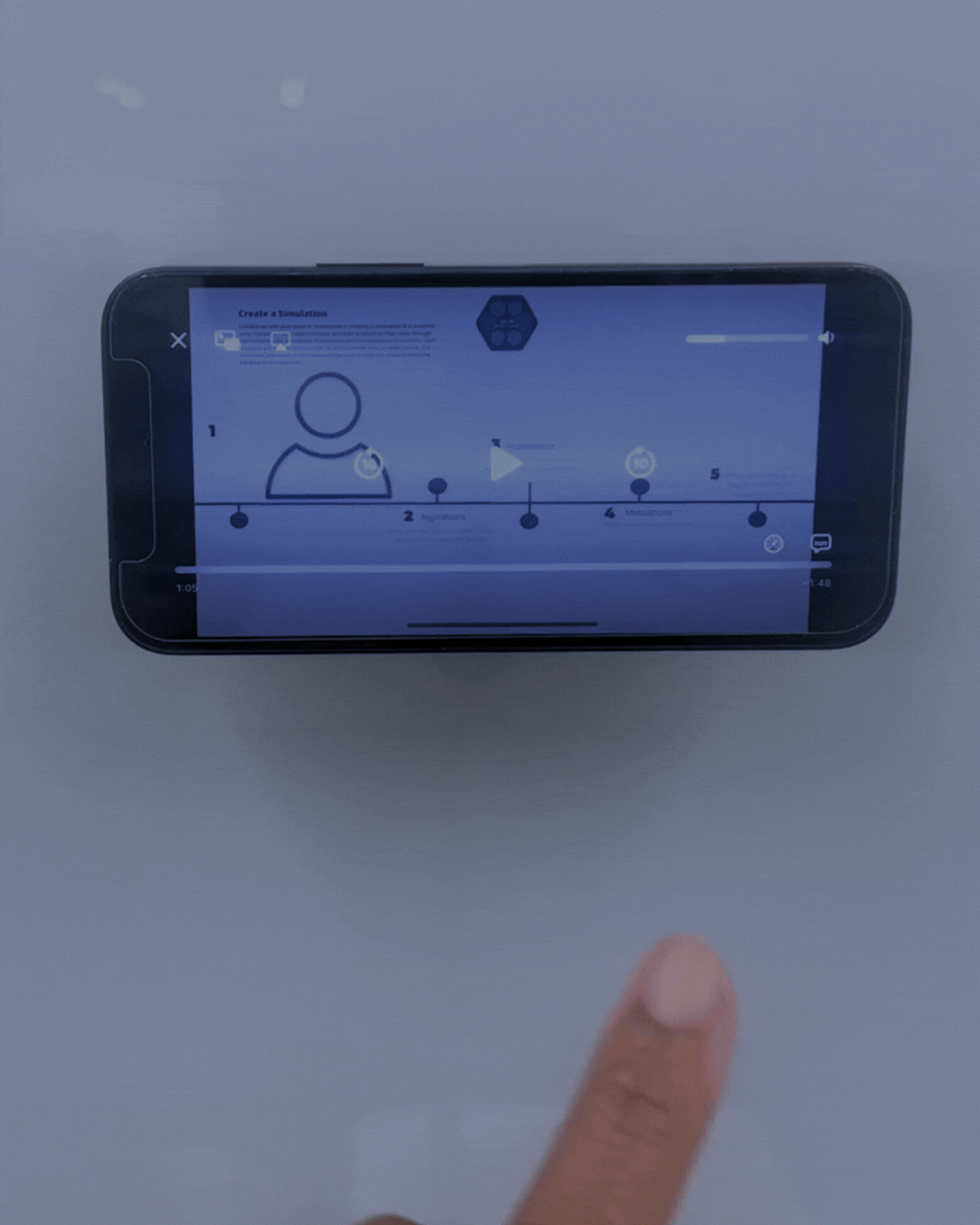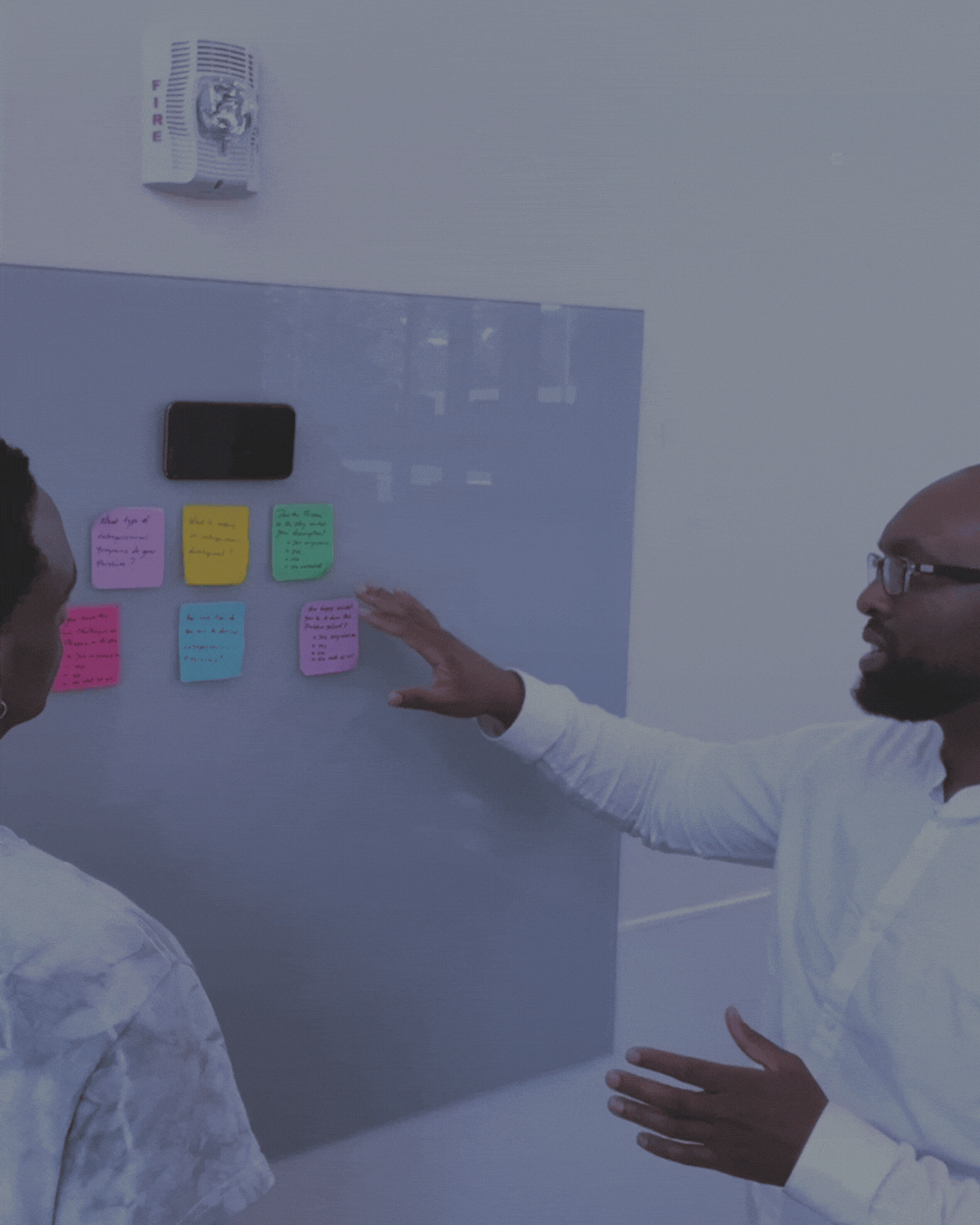Why AI-assisted Design Thinking is the Future and the key to unlocking your innovative capacity.
There is a reason why companies that use Design Thinking outperform others and see 56% higher returns and 229% ROI. But what happens when we incorporate A.I. into Design Thinking? We end up with a human-centered, customer-focused process of innovation, accelerating our business success.
This new process ensures that we obtain the necessary insights and our business solutions are not just innovative—they are relevant, profitable, and aligned with what people truly care about and want to buy. Experience higher returns and improved customer satisfaction with Design Thinking that incorporates Artificial Intelligence.
Why a AI-Driven Customer Storytelling is the perfect prompt for all Design Thinking
When we incorporate A.I.-driven customer storytelling, we can anchor our design thinking around a customer story. This humanizes our customer and serves as the perfect prompt for our design thinking, ensuring our solutions are human-centered, feasible, relevant, attractive, and profitable.
The Design Tree Experience
Perform over 35 Design Thinking Strategies
Simulation of Customer Story
Simulation of Customer Voice
Simulation of Customer Participant Group
Design Future Markets with A.I.
Learn how
Design Thinking
that incorporates Artificial Intelligence
Can empower your business!




